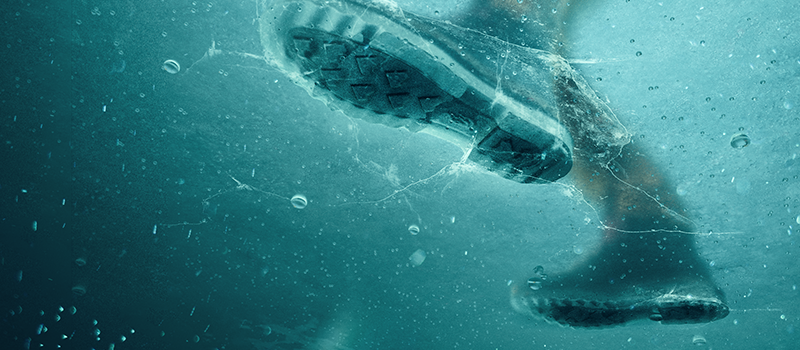
Minnesota had a bit of a warm streak there for a bit – anything over freezing is always a good thing in our Minnesota minds.
With the recent cold snap, however, and the mountain of snow we received (in April!) the DNR has a reminder for all you ice anglers and other outdoor recreation users: Just because the weather turned cold (again), it doesn’t mean that the ice is safe.
There have been more than a half-dozen ice emergencies reported across the state this past week alone. These emergencies have involved both ice anglers and ATV riders breaking through weak, too-thin ice. As Recreation safety outreach coordinator Lisa Dugan says, “The freeze-thaw cycle produces extremely weak ice that is dangerously deceptive in its appearance and how thick it measures. A cold snap now doesn’t change the fact that ice already had begun melting and continues to deteriorate rapidly.”
With spring now well underway, the sun’s rays have continually gained strength (even if we don’t always feel it…). With this added warmth, ice conditions can change quickly and dramatically, and, within just a few hours ice can deteriorate, even when the air temperature remains cold.

“We’ve had reports of anglers falling through ice that was just fine an hour earlier,” Dugan says. “That’s how fast things can change. If you do choose to venture onto late-season ice, use extreme caution. Use a chisel to check the strength of the ice frequently, be sure to wear a life jacket or float coat, and remember that no fish is worth the risk of losing your life.”
There have been five ice-related deaths this 2017-18 ice season. Dugan said it’s imperative to not let your guard down, and emphasized the importance of warning children to stay away from ice and open water unless accompanied by a responsible adult. The great outdoors are fantastic but, it’s important to remember that Mother Nature doesn’t always play nice.
For additional information about ice safety, visit the ice safety page.
















